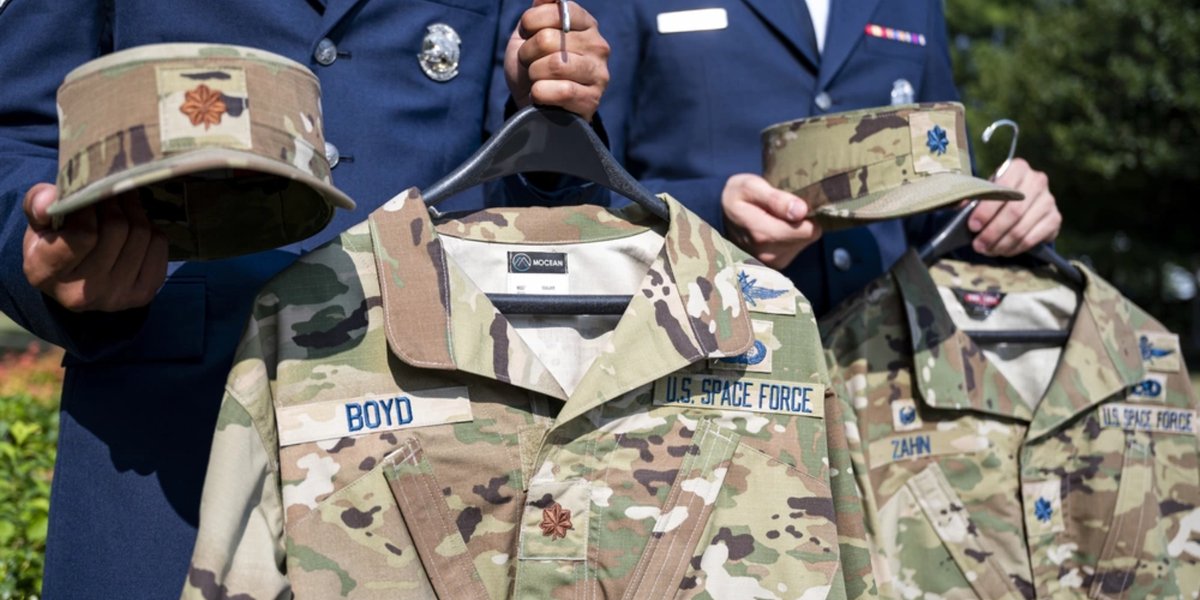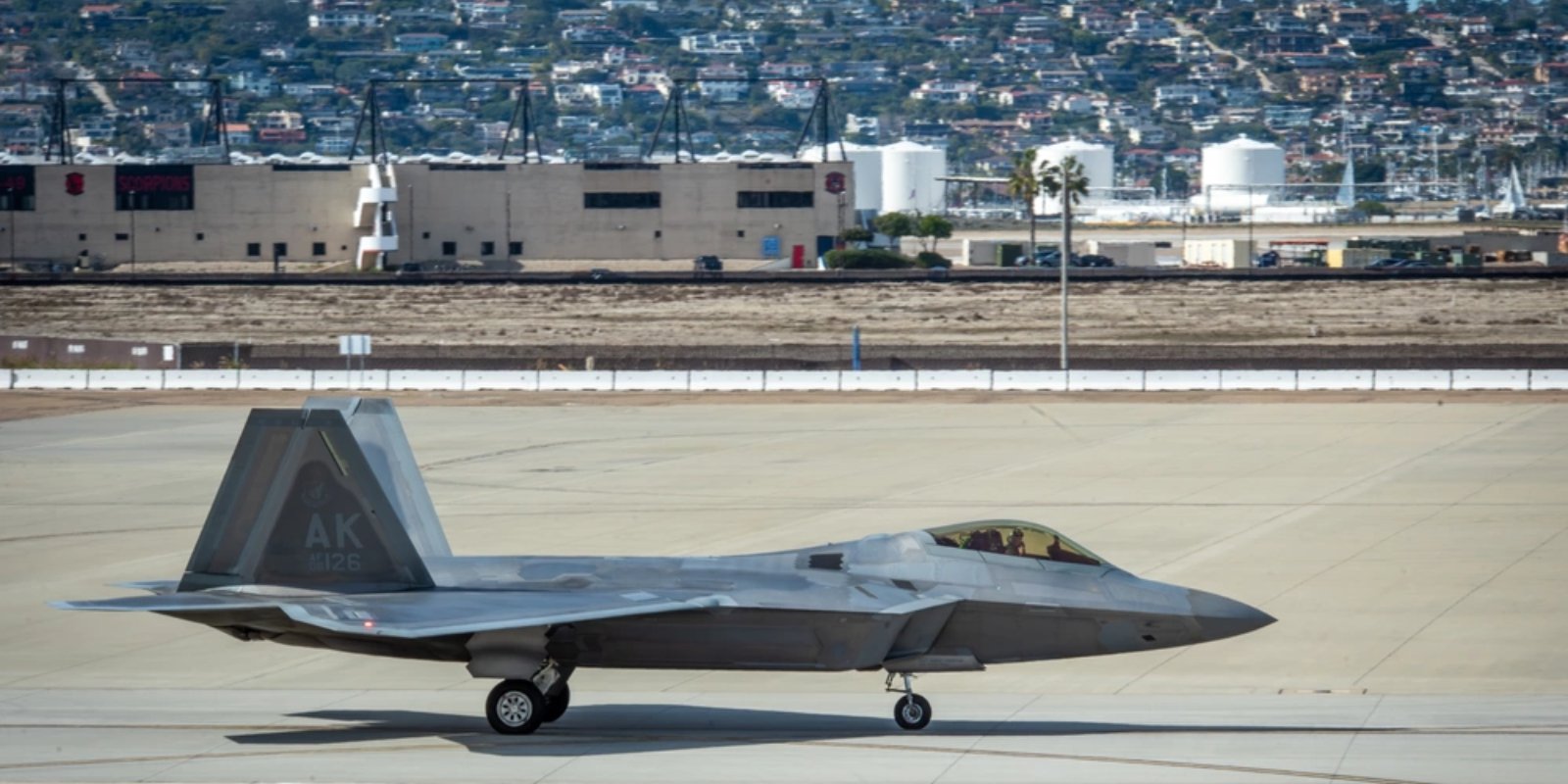TROOPS HATED THESE UNIFORM COMPONENTS, SO THE MILITARY FINALLY CHANGED THEM

There are bad ideas. And then there are government-issued bad ideas.
A wool beret in a 98-degree formation didn’t hold its shape or your dignity. Camo uniforms that melted around jet fuel, and boots that squeaked like dog toys at briefings, offered little comfort or confidence.
If you served in the last 25 years, you probably saw something so ridiculous, uncomfortable, or unsafe that all you could do was laugh. Many of those items are gone now, but their stories still deserve to be told.
Here’s a branch-by-branch look at the most-hated uniform pieces, why they failed, and how change finally happened.

Army: The Beret No One Asked For
In 2001, the U.S. Army made the black beret standard headgear for all Soldiers, from combat arms to support units. The goal was to inspire 'elite' morale. In reality, it led to sweaty brows, an unnecessary learning curve at 5:30 a.m., and a piece of wool that looked good on no one.
Troops didn’t just dislike the beret; they despised it. Keeping morale up after CQ was tough, and it performed poorly in the field or in most situations.
By 2011, the Army brought back the patrol cap for everyday wear, and the era of the sad, drooping beret faded into memory.
“Nobody ever said, ‘the beret makes me feel more ready.’ We just said we were ready to burn it.” — Staff Sgt. Daniel M.
Why it mattered: Headgear does more than complete a look; it has to be practical. The beret failed to protect from the sun, wasn't field-friendly, and underscored a gap between duty and gear.

Navy: “Blueberries” That Could Catch Fire
The Navy Working Uniform Type I, called 'blueberries,' looked like someone spilled a frozen slushy on a pixelated lab coat. But the real issue wasn’t the design; it was the fabric.
Tests showed the material could melt and burn when exposed to flames or high heat. That’s not what Sailors need near ship engines, fuel storage, or almost anything in a hangar bay.
From 2016 to 2019, the Navy phased out these uniforms and replaced them with the more practical, flame-resistant NWU Type III for land work, and coveralls or flame-resistant versions at sea.
“We joked they were camouflage for hiding in a pile of laundry.” — Petty Officer Erica P.
Why it mattered: Clothing that melts in dangerous environments isn’t just uncomfortable; it’s unsafe. Navy leaders finally acted to remove both the risk and the embarrassment.

Air Force: The Boots That Squeaked and the Velcro That Wouldn’t Quit
The Air Force had the ABU, or Airman Battle Uniform, era. It featured tiger-stripe camouflage, but the real problems were the components, especially the sage-green boots and all the Velcro.
Airmen complained for years about noisy, creaky boots and patches that peeled, rattled, or picked up dust like fuzzy magnets. People working on the flightline said it felt like wearing someone else’s orthopedic shoes.
By 2021, the Air Force switched to the OCP (Operational Camouflage Pattern) uniform to match the Army and upgraded to coyote brown boots. There was less Velcro, and things improved.
Why it mattered: Uniform elements like squeaky boots and excessive Velcro drew attention for the wrong reasons, distracting Airmen and undermining comfort and professionalism in daily operations.

Marine Corps: Shorts That Ruled the World (Then Got Banned)
No Marine forgets silkies. Standard-issue PT shorts so small and breathable that every company run was one good gust of wind from being a documentary. They were beloved by many, loathed by some, and banned from unit PT in 2011.
The Corps eventually introduced longer, lined, less-controversial PT shorts, but none have earned the cult status of silkies.
Why it mattered: Silkies weren’t about regulation; they were about identity. The ban made sense for optics, but it left a hole in Corps culture that no inseam has truly replaced.
Coast Guard: Blousing Bands and Boot Fiascos
Ask any Coastie about uniform pain points, and they’ll cite components over color. Boots needed to be bought, bloused, and broken in. Pants, meanwhile, required constant adjusting to stay put through sea spray and inspections, while supply delays could mean months before replacements arrived.
A new Coast Guard Working Uniform is on the way, but the struggle has always been less about fabric and more about fit, function, and finish.
Why it mattered: If a boot takes more prep than a cutter pre-departure checklist, something’s not right.

Space Force: The Camo Heard ’Round the Internet
When the Space Force debuted its uniform pattern, standard OCP, the internet did what it does: straight to roasting: “Why wear camo in space?” “Are we hiding from moon rocks?” “Does Big Asteroid have a draft?”
What the jokes missed is that Guardians work on Earth, alongside other branches, in joint environments. OCP wasn’t a design choice—it was logistics, cost, and practicality.
Why it mattered: The joke wasn’t on the uniform; it was on anyone assuming Space Force uniforms were getting tailored by NASA.
Top 5 Uniform Accessories Still Ruining Lives
- Blousing Bands: Because nothing says “warfighter” like fumbling under your pant leg for the world’s weakest elastic.
- Mandatory Brown T-Shirts in August: You won’t see them, but you’ll feel them. Every. Single. Second.
- Clip-On Ties: If it can detach during a salute, retire it.
- Cargo Pockets Too Small for Actual Cargo: We can deploy satellites, but we can’t fit a phone or a field notebook in these?
- Badges That Keep Moving with Every Uniform Update: If your regulation chest panel placement changes more times than your mailing address, we’ve got bigger problems than supply.
Suggested reads:
Veteran & Senior Contributor, Military News
Natalie Oliverio
Navy Veteran
Natalie Oliverio is a Navy Veteran, journalist, and entrepreneur whose reporting brings clarity, compassion, and credibility to stories that matter mo...
Credentials
- Navy Veteran
- 100+ published articles
- Veterati Mentor
- Travis Manion Foundation Mentor
- Journalist and entrepreneur
Expertise
SHARE:



